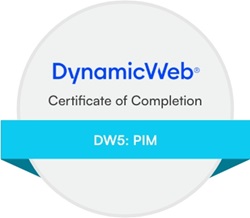Posted on 26/04/2018 09:31:25
Hi Imar
Thank you for your keen eye on the details. You are right, there are examples where the rule would be a little funny. For example when having a huge chunk of text like this:
"You have placed a subscription. This is a confirmation of the subscription not the actual order receipt."
Making good translations is not easy. But there is some good reasons behind the rule. The first is that we do not want a translation for both "No recurring orders found" and "No recurring orders found." Secondly we can never be sure of how the translation would be used in the future.
An example could be a text that may be part of a paragraph text where we want the dot, but in another case it is a text line that is standing alone. This could for example be the case of the text "Click here to see your order in a browser"
Another example that could back up the rule, is that setting punctuations is especially hard when a text is both an element of a design and an information on it´s own. I think that very often we see that even small blocks of texts do not end with a dot, as the user already knows that there is no more, and removing the dot gives us a little cleaner design. If you look at http://www.bbc.com/ on the frontpage, only the very long texts ends with a dot, and it is hard to spot the final rule for it.
If the punctuation is really needed, I belivieve it should be in the template. For example if "Show products" is used as a clean text link, then you could argue that the question mark should be added: @Translate("Show products")?
A thing we have not considered and currently have no great answer for, is that in some languages punctuation rules are very different than what we are custom to. For example in Spanish questionmarks are set differently: https://www.spanishdict.com/guide/asking-questions-in-spanish
We could always do better. And you are very welcome to give suggestions if you think we could do something to make the rules better.
Best regards
Karsten Thuen













